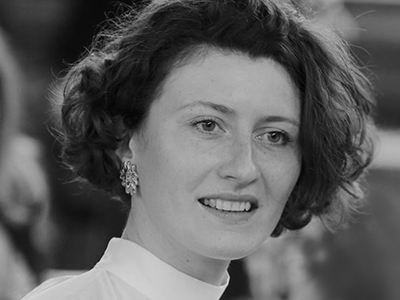- Tamara Marbl Joka won the prestigious Herbert Hofmann Prize for 2023
- Joka is from the former Yugoslavia
- Her winning brooch, Mirror of the Past, recalls Brutalist architecture and gives a taste of abrupt endings, ruptures, open-ended conclusions, and life in ruins
At the Schmuck show, in Munich during the Internationale Handwerksmesse, one of the most prestigious and important awards in the field of contemporary jewelry, the Herbert Hofmann Prize 2023, was given to Tamara Marbl Joka for her brooch Mirror of the Past. After the announcement of her win, many Instagram accounts and jewelry communities started to repost an image of this piece, which had the ability to tell a lot, even without words, just by its appearance.
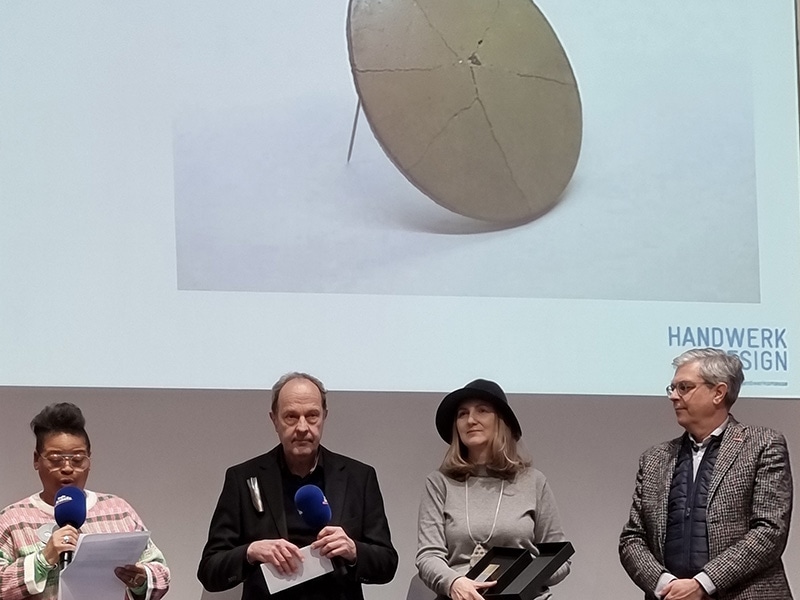
The first thing I found out about Tamara is that she studies in the master’s program at the Oslo National Academy of the Arts KHiO, in Norway. Then I noticed while reading a short description of her work that she is from Yugoslavia, a country that no longer exists. She had to leave the country a long time ago during the tragic events that happened there. The desire to connect these fragments of Tamara’s life into one complete picture stuck in my mind after I left Munich.
On the one hand, the theme of memory and its continuation in the work of an artist is always fascinating to explore. As a main character in Wong Kar-wai’s cult movie Chungking Express said, “If memories could be canned, would they also have expiry dates?’’
On the other hand, the problem of migration/immigration has a new relevance due to the geopolitical situation in Eastern Europe. Incidentally, the theme of the 2024 Venice Biennale is “Foreigners Everywhere.” Since March 2022, I have also become a foreigner. I had to leave Belarus, a country where my relatives, loved ones, and many friends remain. I cannot return there. Sometimes it’s not necessary to physically destroy a place to deprive a person of their homeland. So the story of Tamara turning material about her life into art holds a strong connection to my personal and professional life of the last few years, hence my interest in her practice. The work is very honest, sincere, and frank. It speaks about traces which cannot be healed but can nourish the inspiration of the artist.
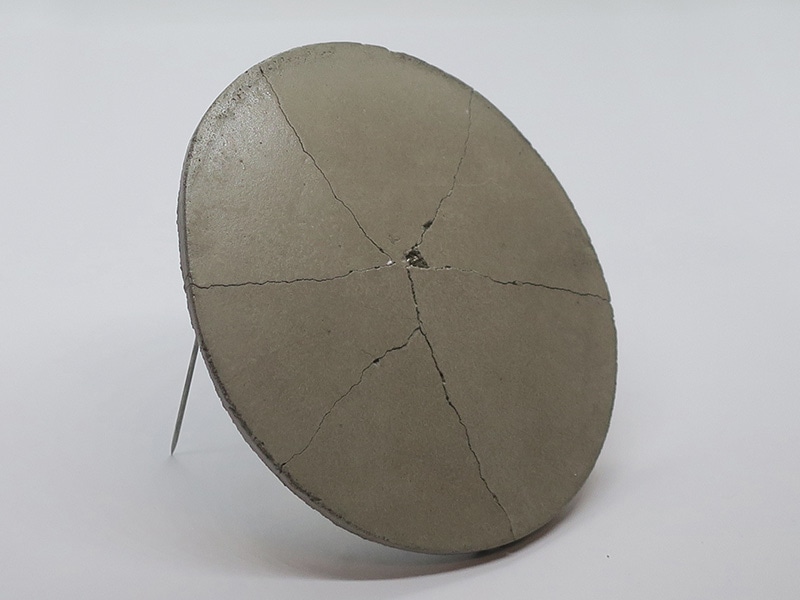
Elena Karpilova: Did you expect to receive a Herbert Hofmann prize for The Mirror of the Past?
Tamara Marbl Joka: I didn’t know anything until I attended the ceremony. I came completely unprepared, straight from the grocery store, and sat in the audience. I can tell the story about Charon Kransen, my representative in the US. He didn’t know about me before he visited Munich this year. Charon arrived at Schmuck 2023 early on the Wednesday [of that week] and went straight to the main exhibition, Schmuck, in which my work was presented. He looked around and took it all in, and then walked over to Eva Sarnowski, the coordinator, who he has known for, like, 30 years. She asked him what he thought of the 2023 collection, to which he answered: “Well, I think the work by Tamara Marbl Joka is a serious contender for the Herbert Hofmann Prize.” He left the next Saturday morning, early, and found out later that I actually won the prize!
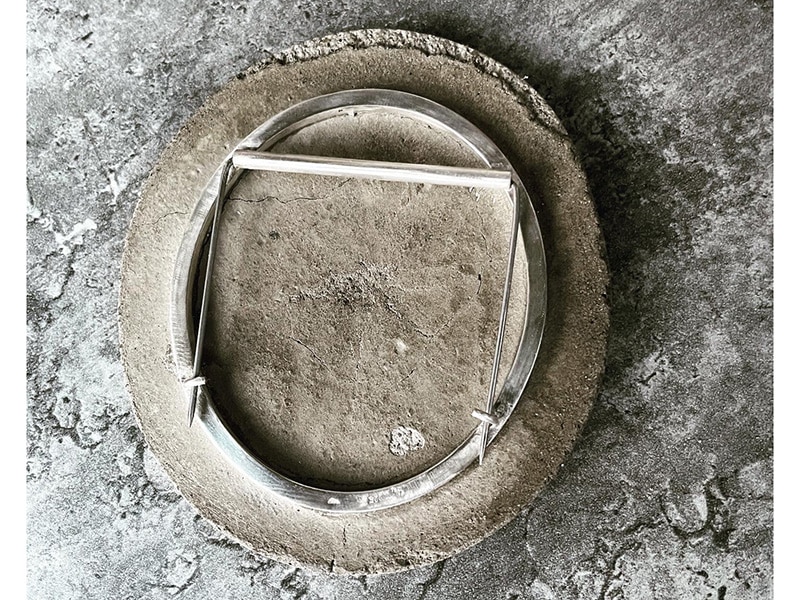
Tell our readers more about your professional background. I know it’s quite diverse.
Tamara Marbl Joka: I have a teaching-oriented educational background. I obtained my master’s degree in art education at the University of South-Eastern Norway, and then I studied Spanish language and literature.
I liked to paint, and when young I had already begun making jewelry in Sarajevo. Later, in Norway, I set up a studio in my house and continued exploring the field on my own. Finally, my interest grew to the point where I decided to apply to Oslo National Academy of the Arts.
Creating a text has much in common with creating a work of art. One must find the right path.

What about the challenges of switching to the jewelry sphere? Was it difficult for you, as a teacher yourself, to switch to being a student again in adulthood?
Tamara Marbl Joka: Ha ha, you should ask my teachers!
In the beginning, I felt a bit confused. I wouldn’t say it was difficult, but it took time to switch roles (smiling). However, I adapted over time. I really loved the opportunities that school provided for us.
My professor at KHiO, Jorge Manilla Navarrete, is a highly active artist and, from that position, he guides us toward a new direction of our individual expressions. With professional support as our tutor, he motivates us to further develop our ideas.
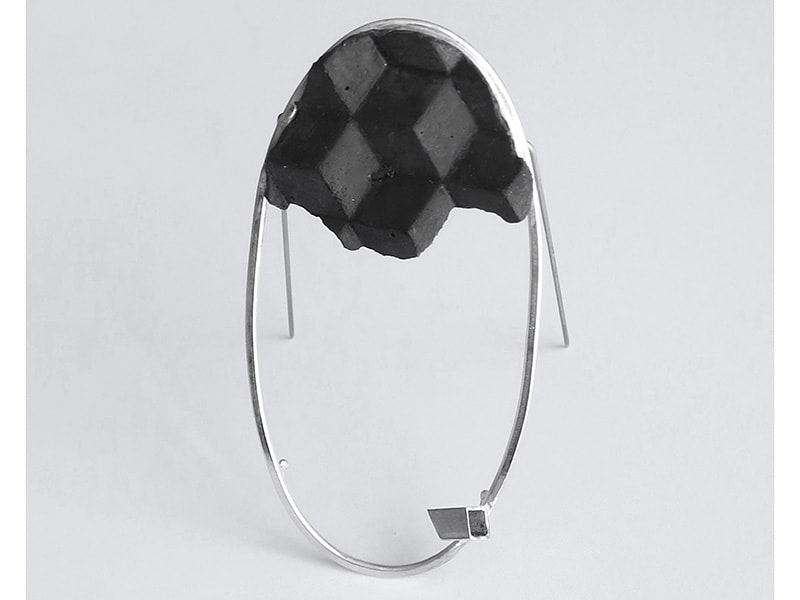
Can you describe your creative process?
Tamara Marbl Joka: In jewelry art, we often utilize unconventional materials, and I work from a narrative perspective. This type of art usually originates from a specific concept. The idea itself holds significant importance, and jewelry art emerges as an expression within artistic exploration. Therefore, it is crucial to be familiar with these different categories in order to understand the context in which jewelry art is placed. At the same time, I aim to stimulate thoughts about what jewelry art entails as a distinct branch within the realm of applied arts.
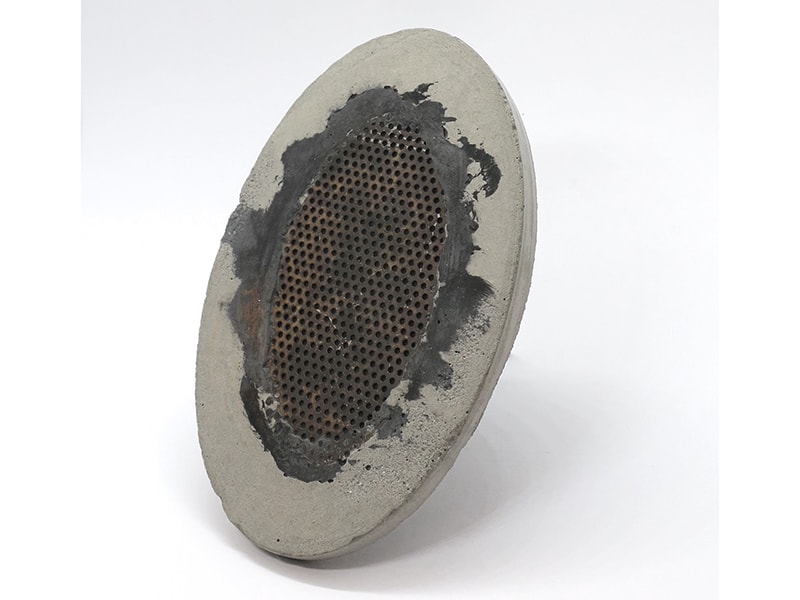
I see in your narrative a parallel with the Brutalist concrete architecture of Yugoslavia from the 50s through the 70s.
Tamara Marbl Joka: In my dissolved homeland, concrete held a strong position, and this material was overrepresented in the construction practices [of the time]. I am not an architect, but I have grown up observing the city’s expansions. I spent my childhood on the sidewalks, and it has become an integral part of who I am.

You had to leave Yugoslavia when you were quite young. Are memories about your motherland and leaving it still bright?
Tamara Marbl Joka: Apart from the many great people I miss so much, I remember the gray color due to a lot of smog and rain. The images come in fragments. My brain never gives up on performing the convoluted mental operations. Unexpectedly, the flash illuminates a step from the past.
I was 23 years old when the war started in 1992, and I came to Norway at the end of the year, together with my mother and baby nephew. He had lost his mother—my sister—that year. A bullet created a hole in the window near the baby’s bed. The moment to depart had arrived, and, at the break of dawn, we gathered only the essential items and embarked on a perilous journey.

Along with your famous work, The Mirror of the Past, you have brooches and series of pieces called Leaving the Show, The Upper District, and Echoes. There’s also the Timeline installation. They are all connected with your past, aren’t they?
Tamara Marbl Joka: Yes, all the brooches are tied to the past and, clearly, they contain narrative components. Usually, I envision a recognizable urban landscape, where I hear laughter through a broken window on a street corner or smell the rain from the cracks behind a first kiss. There are no people, yet I still hear sounds and sense smells.
An echo from a distant past carries with it an abrupt ending, a rupture, an open-ended conclusion. Everything seems absurd, but at the same time it feels real, like a frozen ending. But I am far from finished. It is an eternal quest, constantly challenging. A bizarre transfer of discomfort.
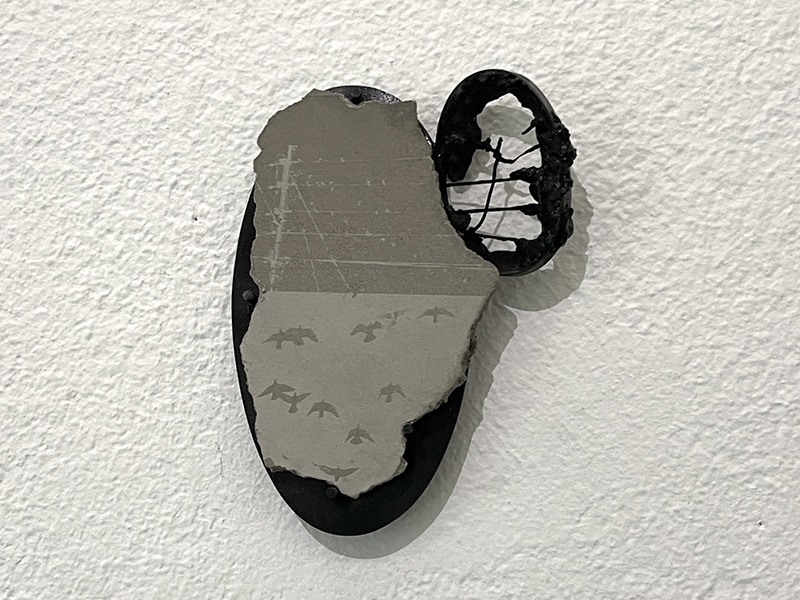
In your Timeline installation, you use different languages and storytelling tools. Please tell us more about this piece.
Tamara Marbl Joka: Here was a linear timeline with three photographs and jewelry. I took the pictures myself in various places over the past 20 years. They are related to distinct moments of my life.
A common thread was “line,” portrayed as a clothesline, a barbed wire, and some power cables with birds on them. The last brooch in the series also featured flying birds, and everything culminates with a photograph showing a white cloud in the sky.
There is something special about the objectivity of photography in contributing to an artistic expression. The photographic material was intended to evoke memories of past events. The advantage of using photography is that it enables us to delve into details that depict truth and reality. Those details are naturally attributed to a documentary and realistic function. I did not choose photographic material taken directly in the war, but, instead, images that can be associated with my past experiences. Identifying the content will indicate how the image motifs relate to my specific time and space. This identification serves as a pointer that indicates the direction one must take to reach the representations conveyed by the motifs. They can be interpreted as symbols that refer to aspects of the real world.

Working on or with memories, with these echoes from past, is a specific process which could retraumatize or heal—two opposites. What is it to you?
Tamara Marbl Joka: In order to perceive things, we search for references to past perceptions. It is a type of processing. Whether they are good or bad memories, they are with us. At times, it may seem as if I expect these moments to eventually reveal a different past. Then I wonder if it’s my dreams or my memories or both. It’s a taste of life in ruins.
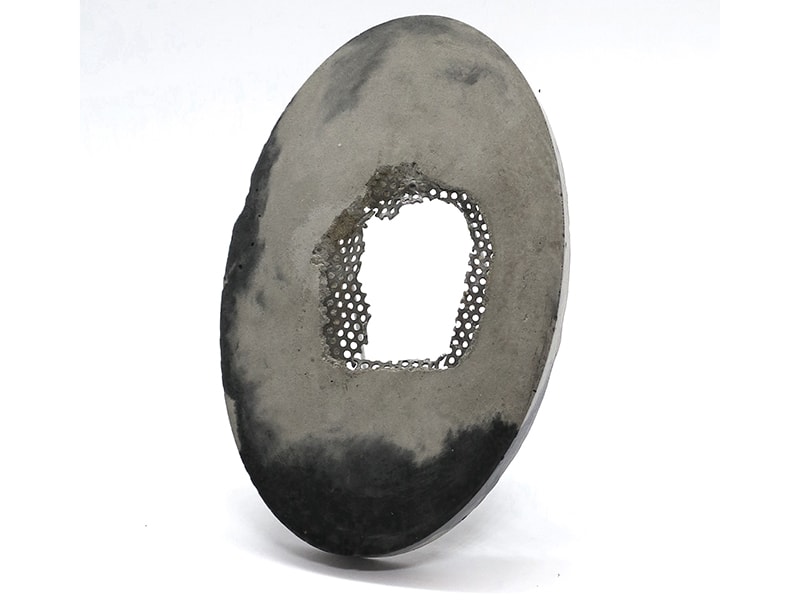
In which upcoming shows and/or festivals in 2023–2024 can we “taste” these echoes, see your works?
Tamara Marbl Joka: Right now I’m exhibiting at the Oslo National Museum at the Annual Crafts Exhibition.
© 2023 Art Jewelry Forum. All rights reserved. Content may not be reproduced in whole or in part without permission. For reprint permission, contact info (at) artjewelryforum (dot) org
